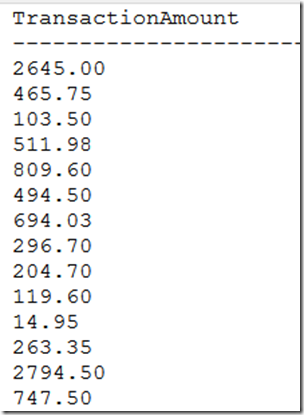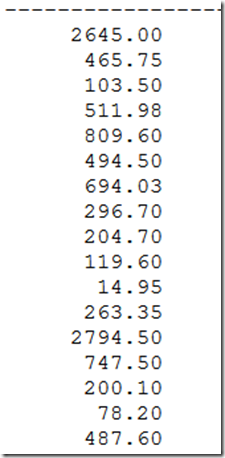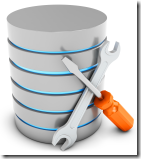What's in a name? How should SQL Server 2017 Graph Edge tables be named?
Dennes Torres recently wrote a really excellent article introducing Graph Objects in SQL Server 2017. You’ll find it at Simple Talk.
I’ve also recently published a SQL Down Under podcast with Shreya Verma from the SQL Server team, where we discussed Graph extensions to SQL Server. (It’s part of a joint interview. We also discussed Adaptive Query Plans with Joe Sack). You’ll find that here: https://podcast.sqldownunder.com
I loved Dennes’ article but one aspect that I want to talk a little more about is the naming of Edge tables. As I read the article, I was a little troubled about the edge naming. (Let me stress that it’s a very, very minor item in a very good article and just my opinion).
2017-07-10





